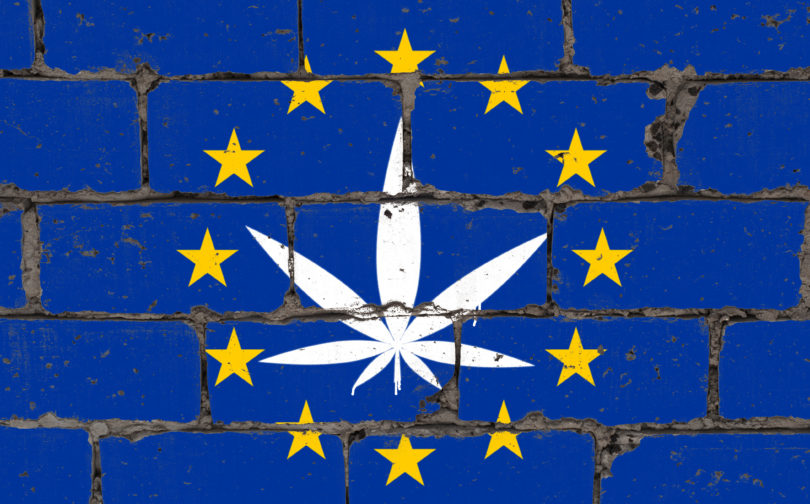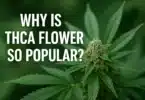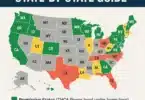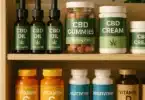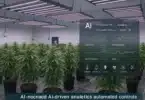Move to increase European cannabis THC levels will allow farmers to increase CBD ratios too, says a leading cannabis expert.
Proposed changes to the EU Common Agriculture Policy will raise permitted THC levels from 0.2 to 0.3 percent in seed varieties approved for use in Europe. It should also prove to be of major benefit to those looking to cash-in on the booming global CBD market, says Guy Coxall, Chairman of HempTank and Compliance Director for the Cannabis Trades Association.
“The EU varieties have been traditionally bred for stalk and seed, not CBD, and most are monoecious – both sexes on the same plant – so it produces flowers and seed; with a great deal of energy going into producing seed instead of cannabinoids,” says Coxall.
An Emphasis on The Female Side
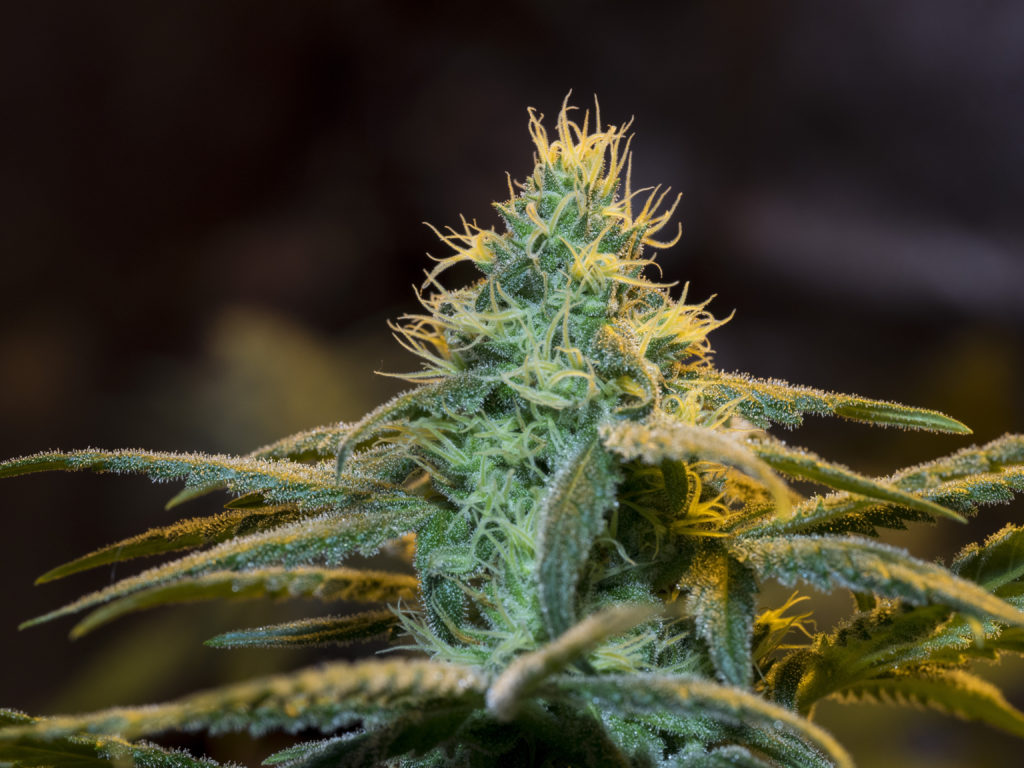
“However the increase to 0.3 per cent brings opportunities to breed dioecious, or female plants with much higher levels of CBD. And this will be good news for the farmer, because the more cannabinoids, especially CBD, the greater the value of their crop,” continued Coxall.
He further explained that hemp with a 0.3% THC ratio can often produce CBD levels of up to 15% whilst EU hemp at 0.2% THC struggles to exceed CBD levels of 3%.
New EU Rules This Year
In April of this year, the European Parliament Committee on Agriculture and Rural Development approved a batch of proposals to the EU’s Common Agriculture Policy that would see THC limits increase from 0.2% to 0.3%.
Slated for enactment in 2021, the proposed change is the result of concerted pressure from hemp growers wishing to compete on a more even playing field with global competitors. In an interview with industry publication Hemp Today, (EIHA) Managing Director Lorenza Romanese said: “It represents a major step forward for the sector. EIHA worked hard to assure the positive vote.”
There are currently 68 varieties of hemp on the EU-approved list. They are all chosen for their low-THC content and for characteristics like strong stems – for fiber, and plentiful seeds – for food.
A Legacy of Backward Steps
THC limits were placed on industrial hemp in Europe in 1984. From then until 1987, the maximum limit was set at 0.5%, reports the Hemp Gazette. After that, it was reduced to 0.3%; which is a fairly standard in many countries, including the USA and much of Australia.

However, the reductions didn’t end there. In 1999, the limit in Europe was lowered again from 0.3 to 0.2 percent THC; supposedly to discourage the cultivation of illicit marijuana in industrial hemp fields. Many growers had wanted the limit to be raised to 1%, as in countries such as in Switzerland (not a member of the EU).
The European Industrial Hemp Association (EIHA) argues that ‘there is no reason for a THC limit of 0.2 percent’ and state that ‘0.2 percent (THC containing hemp varieties) are as safe as 0.3 percent (varieties) regarding drug abuse and there will be no noticeable effect on illicit cannabis production (from changing the limit)’, reports industry website Analytical Cannabis.
This Is ‘Great News’ for Industry
Mr Coxall added: “Raising the THC level throughout Europe is great news for the CBD industry and European farmers but U.K. farmers are still being held back by outdated Home Office rules – by not being able to use the flowers or leaves.” Earlier this year CBD Testers reported on these home office regulation and how it resulted in all UK CBD having to be imported.
He continued: “Although the current EU approved hemp varieties are far from suitable for CBD production due to the lack of breeding, traditionally bred for stalk or seed, and the suffocating 0.2 percent THC cap, farmers in Europe can still make as much as 33,000 Euros per hectare with varieties which reach 3% CBD.”
“HempTank has received an influx of pleas from U.K. farmers to place pressure on the Home Office to abandon the out-dated and nonsensical limitations which still classify the flowers and leaves of the hemp plant as Class B controlled substances.”
Global Health Body Gets The Message
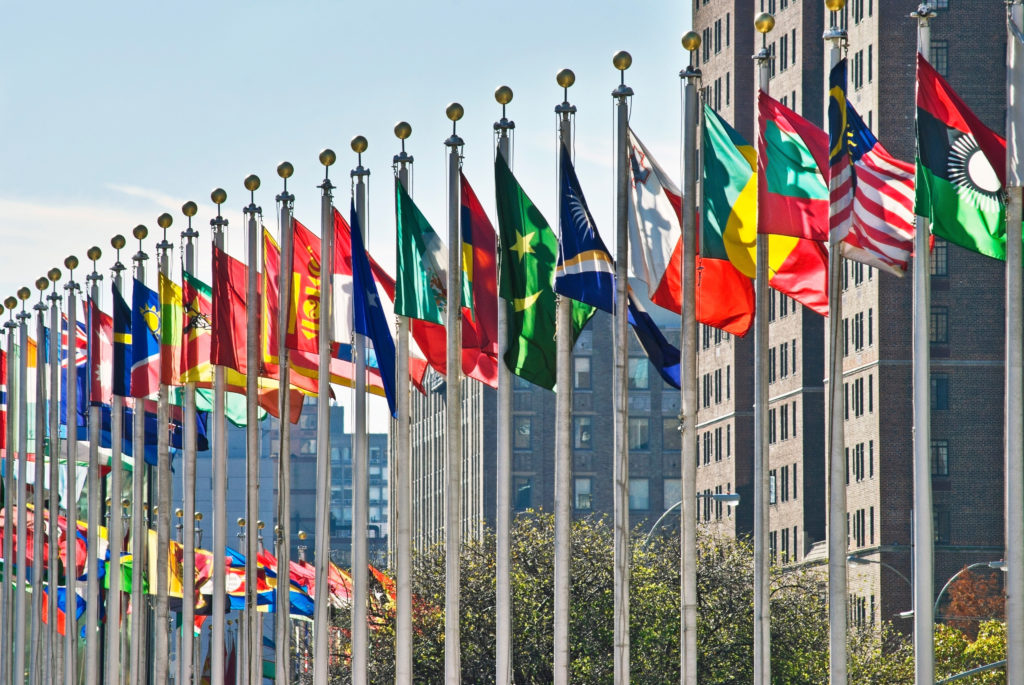
The EU move follows a decision by the World Health Organization earlier this year that all CBD products containing less than 0.2% THC should be removed from any drug scheduling. The United Nations is expected to ratify this recommendation in November this year, says Mr Coxall.
He said: “HempTank’s policy team is developing White Papers and developing a lobby strategy to push the Home Office to adopt the guidance from WHO and support the UK’s farming community post-Brexit.
“Currently, the US is breeding hemp cultivars which can reach 15% CBD but they have no interest in registering them in the EU Common Catalog due to costs and red tape. The increase to 0.3 percent THC will encourage breeders in Europe to follow suit, but this will take time.”
Mr Coxall added: “The Home Office is supposed to protect the security of this land; surely the best thing they could do for our farming community and economic prospects would be to treat hemp the same as any other agricultural crop?”

